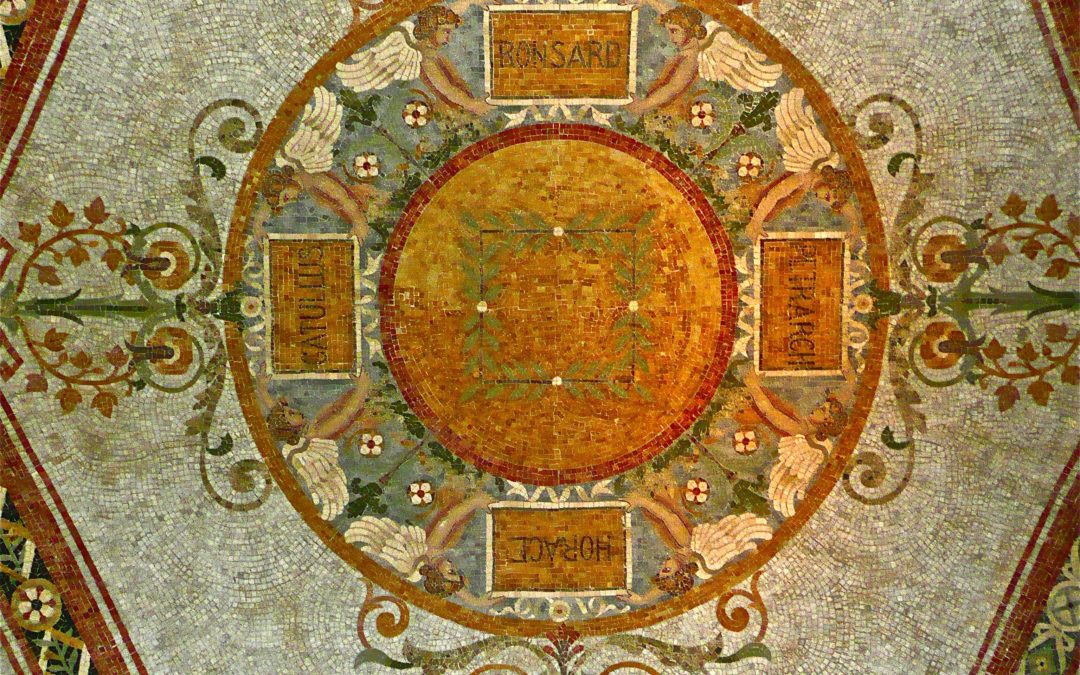Within literary studies, working with rhetorical devices is an essential part of your degree. Whether you want to analyse a poem, a prose text or a piece of a play- rhetorical devices play an important role in constructing the meaning of the text. In the following, we will show you some common stylistic devices and what they (can) mean.
Why should you know rhetorical devices?
If you are able to identify why certain rhetorical devices are used in a text, this enables you to receive a more in-depth understanding behind the text’s core message and motivation. Further, even if figurative speech might appear to be complicated at first glance, it is often employed to paint a clearer picture of the text’s main ideas. For instance, in Finnegan’s Wake, James Joyce experiments with language by using strong onomatopoeic sounds, alliterations and compounds in order to break with the conventional frames of writing. Finally, rhetorical devices simply make the text more interesting and require more thought on the text. Below, you will find a presentation of some of the most common rhetorical devices used in literary studies including their definition and their possible impact on a text. (For best results, view the presentation in full-screen mode.)
Bear in mind that these are only some of the most common rhetorical devices. For a full list of literary devices, have a look at this site.


